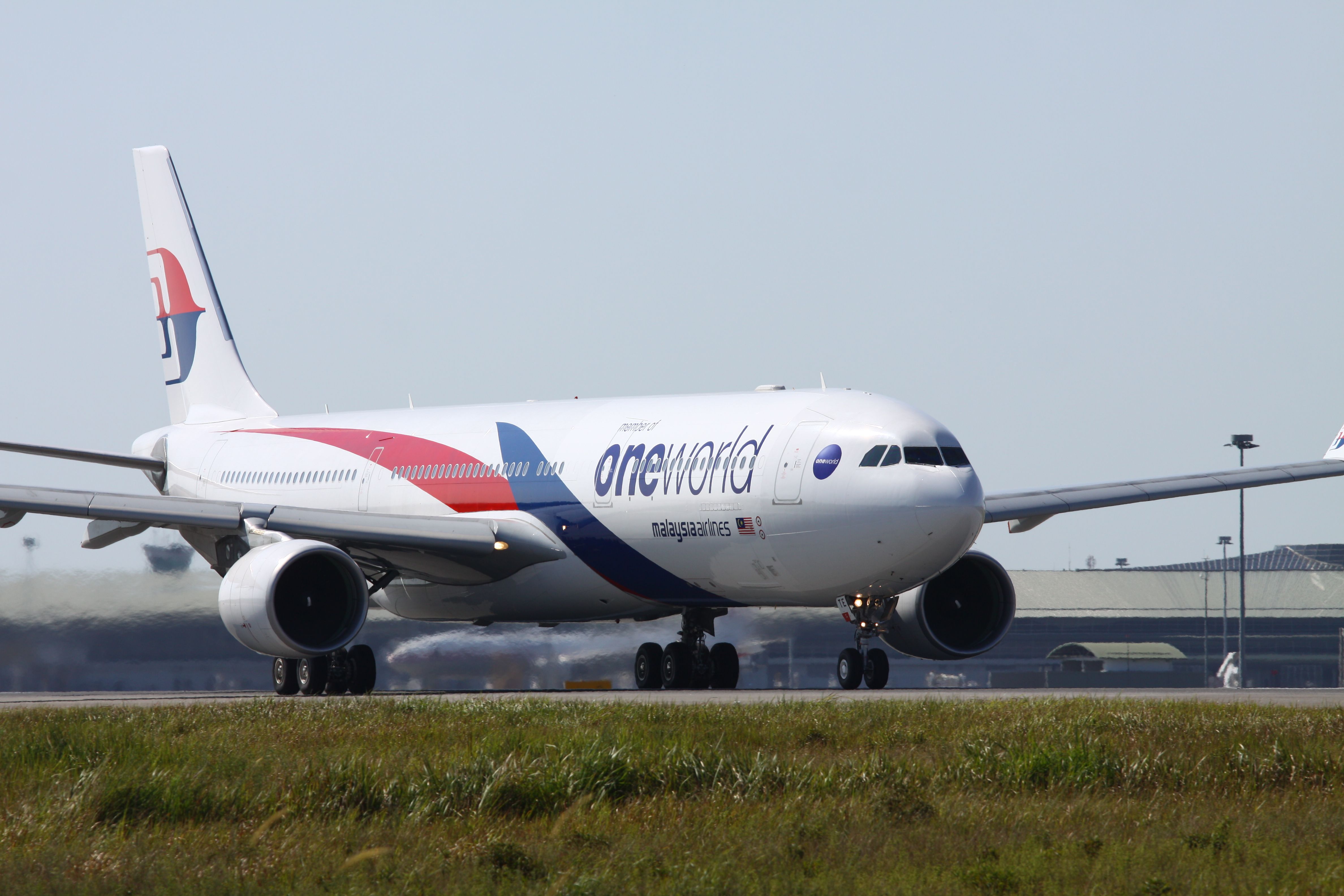The Australian Transport Safety Bureau (ATSB) released a final report on Wednesday detailing its findings about a serious incident involving a Malaysia Airlines Airbus A330-300 at Brisbane four years ago. The report reveals a litany of potentially catastrophic errors in the lead-up to departure and take-off.
Pitot probe covers left in place as A330-300 takes off
Late in the evening of July 18, 2018, a Malaysia Airlines Airbus A330-300 (registration 9M-MTK) pushed back from Brisbane Airport (BNE) to fly 215 passengers and 14 crew up to Kuala Lumpur (KUL). At push back, the ATSB report reveals covers had been left on the aircraft’s three pitot probes (airspeed sensors). The instruments showed a red speed flag in place of the airspeed indication from early in the take‑off, and unrealistically low airspeeds afterward. The report reads,
"The flight crew did not respond to the speed flags until the aircraft’s speed was too high for a safe rejection of the take-off, and the take‑off was continued. The flight crew’s initial radio announcement of an urgency situation was not heard by the air traffic controller."
ATSB identifies multiple failures before departure
The Airbus climbed to 11,000 ft and circled while performing troubleshooting and other procedures, which led to the shutting down of the aircraft’s air data systems. Using the back up speed scale, airspeed management procedures, and assistance from Brisbane ATC, the pilots were able to land safely at Brisbane Airport.
After a complex and long-running investigation, the ATSB identified safety factors across a range of subjects including flight deck and ground operations, aircraft warning systems, air traffic control, aerodrome charts, and risk and change management. ATSB Chief Commissioner Angus Mitchell stated,
"At first glance, an observer might be puzzled as to how multiple checks can fail to detect the fitment of pitot probe covers before flight, or how a flight crew can complete a take-off without any valid airspeed being displayed. This led to the ATSB undertaking one of its most substantive and complex investigations in recent years.”
ATSB report damning for the pilots
The ATSB report notes the flight crew, engineers, and dispatch coordinator were required to conduct various pre‑departure checks, meant to identify aircraft damage or other unsafe conditions such as the fitment of pitot probe covers. Wasps are a problem at Brisbane Airport necessitating the use of pitot probe covers.
However, these checks were omitted entirely or only partially completed, for a variety of reasons including inadequate communication and reduced diligence. On other Malaysia Airlines turnarounds at Brisbane, the report found some flight crew, engineering, and dispatch walk-around checks were also omitted or incomplete.
Surprise, uncertainty, time pressure, and ineffective communication between the two pilots during the take-off probably led to stress and high cognitive workload, the report found. The captain, as pilot-in-charge, did not assertively announce the presence of a problem or clearly specify its nature when it was detected, delaying the first officer’s response.
Malaysia Airlines makes changes in Brisbane
Although the captain and first officer attempted to convey information about the airspeed issues, there was limited coordination between them which reduced their capacity to interpret the situation and make a decision early enough to safely reject the take-off. The report further reads,
"Several individuals on the night, as well as their counterparts on other occasions, all acted as though the conduct of various external aircraft inspections was someone else’s responsibility. Most of these problems could have been resolved with better communication."
Following the incident, Malaysia Airlines added procedures requiring the placement of a placard on the flight deck as a visual alert for flight crews when pitot probe covers are fitted; made changes to engineering arrangements at Brisbane, reducing the likelihood of error; published a flight safety bulletin to the flight crew about vigilance during walk-arounds; and made numerous changes to the change and risk management processes. Mr Mitchell added,
“The cooperation of all involved organizations has been very encouraging, especially the amount of safety action they have undertaken. Many safety gaps have been addressed as a result of this extensive investigation.”


.png)
.png)